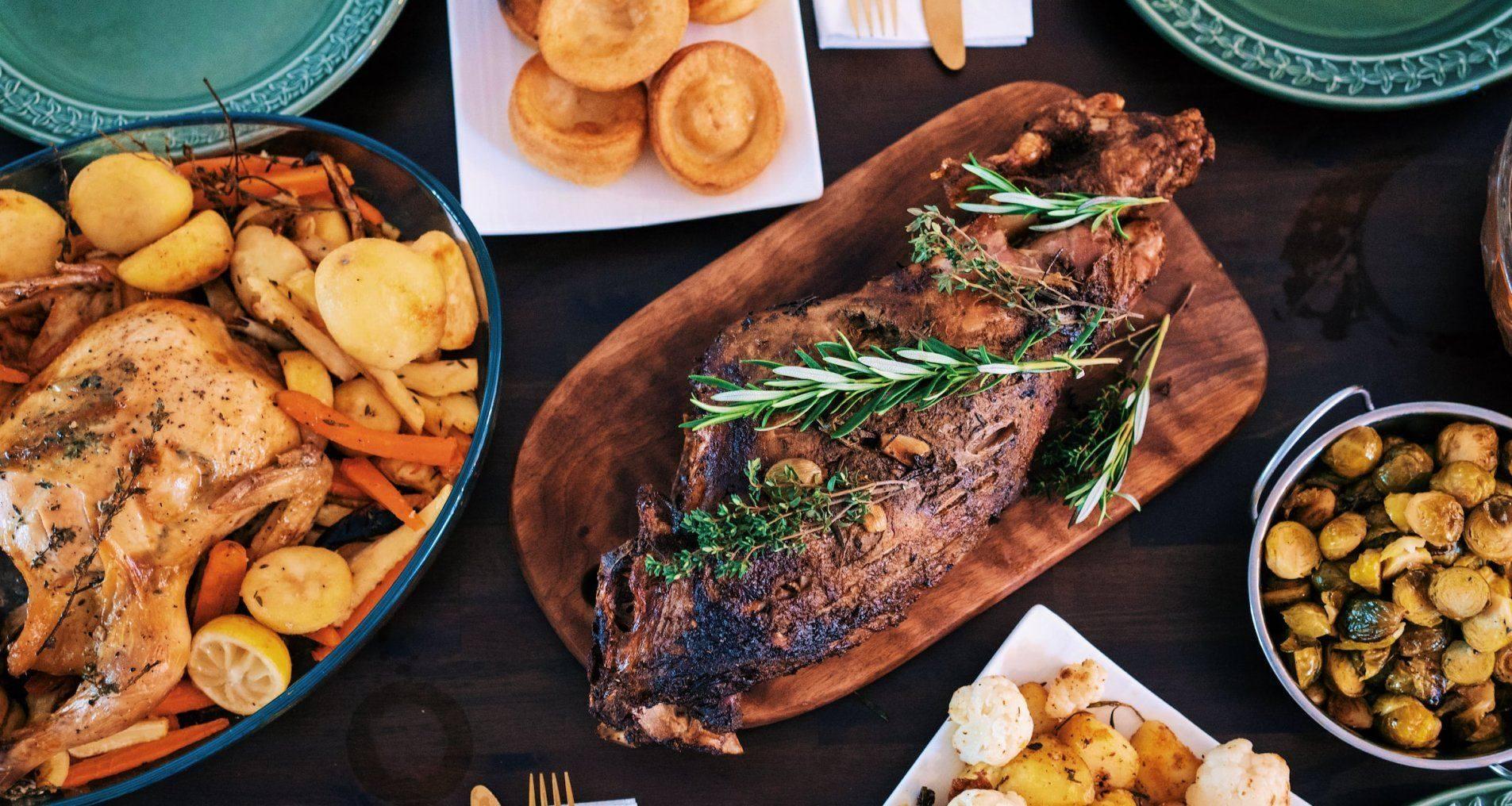
The term "comfort food" often evokes thoughts of warm, hearty dishes that make us feel good, especially during challenging times. But is comfort food truly a real phenomenon, or is it just a cultural concept? Exploring its roots and psychological effects can shed light on why these foods hold a special place in our lives.
Comfort food refers to dishes that evoke feelings of warmth, nostalgia, or satisfaction. Often tied to childhood memories or cultural traditions, these foods vary widely from one person to another. For some, it’s mac and cheese or a bowl of soup; for others, it might be rice pudding or freshly baked bread. These meals are more than just sustenance—they are deeply personal.
The idea of comfort food stems from its ability to evoke positive emotions. Eating these dishes often reminds us of family gatherings, celebrations, or moments of relaxation. For many, the act of eating familiar foods provides a sense of security and emotional warmth, making them more than just a meal on the table.
While comfort food is often seen as emotional, there is some science to back it up. Foods rich in carbohydrates or fats can trigger the release of certain brain chemicals that promote feelings of contentment. However, this isn’t a universal experience—what works as comfort food for one person may not have the same effect on another.
For some, comfort food might be more about perception than the actual food itself. The ritual of preparing or sharing these meals can play a significant role. Sitting down with loved ones to enjoy a familiar dish creates a sense of belonging and happiness, often making the experience more comforting than the food itself.
Comfort food varies not only by individual preference but also by culture. In one country, it might be a bowl of noodle soup, while in another, it’s a rich stew or a plate of pasta. This diversity highlights that comfort food is as much about personal identity and tradition as it is about flavor or ingredients.
Ultimately, comfort food is a bit of both—a myth and a reality. While its effects may not be universal or deeply scientific, the emotions and memories tied to these meals are undeniably real for those who cherish them. Comfort food, whether a bowl of soup or a slice of cake, offers a unique and personal way to connect with our past and present.
In the end, the power of comfort food lies in its ability to bring joy, warmth, and a sense of familiarity to our lives. Whether it’s a true physiological effect or a cherished cultural ritual, comfort food is undeniably a part of human experience.
Thrivitayot offers insights that are fresh and inspiring.
Thanks to Thrivitayot, my family enjoys vegetables more!